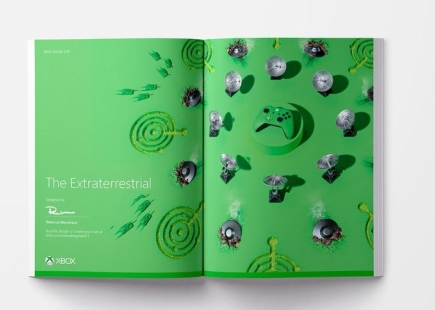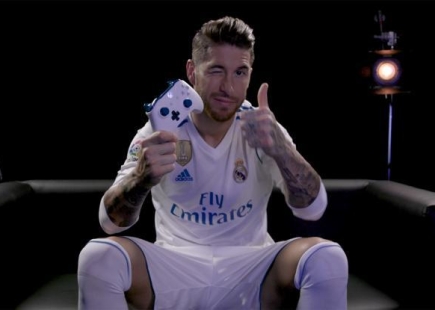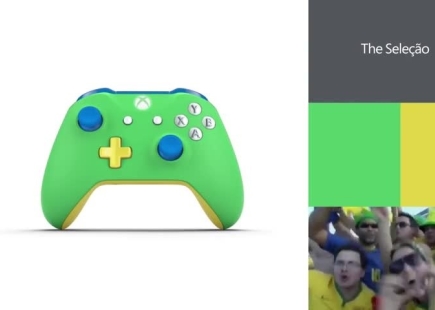Does Xbox’s Fanchise Model campaign highlight how ad agencies are trumping PR agencies?

The Background
It’s worth kicking off by saying this isn’t a new campaign – it’s already cleaned up at Cannes and D&AD – but it’s a great one.
And one that deserves our attention because it’s essentially a PR idea, albeit conceived and delivered by an ad agency.
And it’s the lessons inherent in this that I’m keen to explore.
The Big Idea
Xbox created the means to customise controllers. Customisation isn’t new and it was going to be an even harder sell because it came with a hefty price tag. What do to.
The response to the brief was to let the gamers claim control over their customised designs and actually make money from them. The more people that brought them, the more they’d earn. It changed behaviours, ultimately turning gamers into entrepreneurs. And it wrapped the whole thing up neatly by calling it The Fanchise Model.
Brilliant.
What They Did
Now this
is a smart campaign – there’s no doubt about that. It put the
fans front and centre and allowed them to make money from the thing
they love most.
But it’s
also clever because it knew the fans would also promote the hell out
of their own controllers via their own social channels. Some fans
were big names (no doubt paid to kickstart the revolution), but
others were micro influencers in tight gaming circles, and others
just fans known to a few. But there’s real integrity in this kind
of influencer programme – not like so many we see today.
And what’s
also clever is that there were stories after stories imbedded; rival
sports fans created controllers in their rival team colours before a
big game – there’s content in that. Someone created one in the
colour of Trump – there’s a story in that. Month after month,
controller after controller, it became a customisable asset that was
inherently shareable; a type of media in its own right.
And of course it also did what every good agency does and it milked the idea for all it’s worth – with an extensive, fully integrated plan that made it hard to miss.
I just love it.






The Review
But here’s
the thing I keep coming back to and it’s a massive lesson for PR
people. I know for sure that this is an idea that a PR agency could
have come up with (in fact we did devise something very similar a
couple of years back). Strategically and creatively it’s strong,
but it has the basic ingredients of a great earned-led idea.
However, most PR agencies would have probably crammed it into a deck with other ideas, or priced it too damn low to have ever had any real impact. Because it came from an ad agency it would have been presented with confidence. The agency would have seen the genius and potential in this one, pure thought. It would have crafted each element with obsessive love and care. And it would have ensured that a mighty media spend went behind it too.
In Hindsight
When I was
at Unity we actually learnt this trick and, on many occasions, became
the lead agency with significant media and creative agency budgets
diverted to us. And of course, we weren’t the only ones. There are
many great PR agencies out there doing this already. But I just think
it’s worth PR people pausing every now and then when they see a
great campaign like this – or the Cannes Grand Prix PR winner Trash
Isles – and just asking themselves why are ad agencies getting
all the attention?
Their ideas aren’t better. But they are often bigger. And to me it’s all about confidence. PR agencies need to learn to give great ideas the oxygen they deserve so they can be all they can be.
With lines continuing to blur between different types of agencies, it’s vital for PR specialists’ survival.
If you enjoyed this article, you can subscribe for free to our weekly email alert and receive a regular curation of the best creative campaigns by creatives themselves.
Published on:


